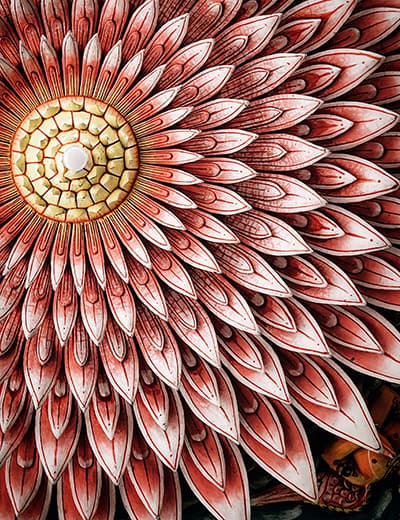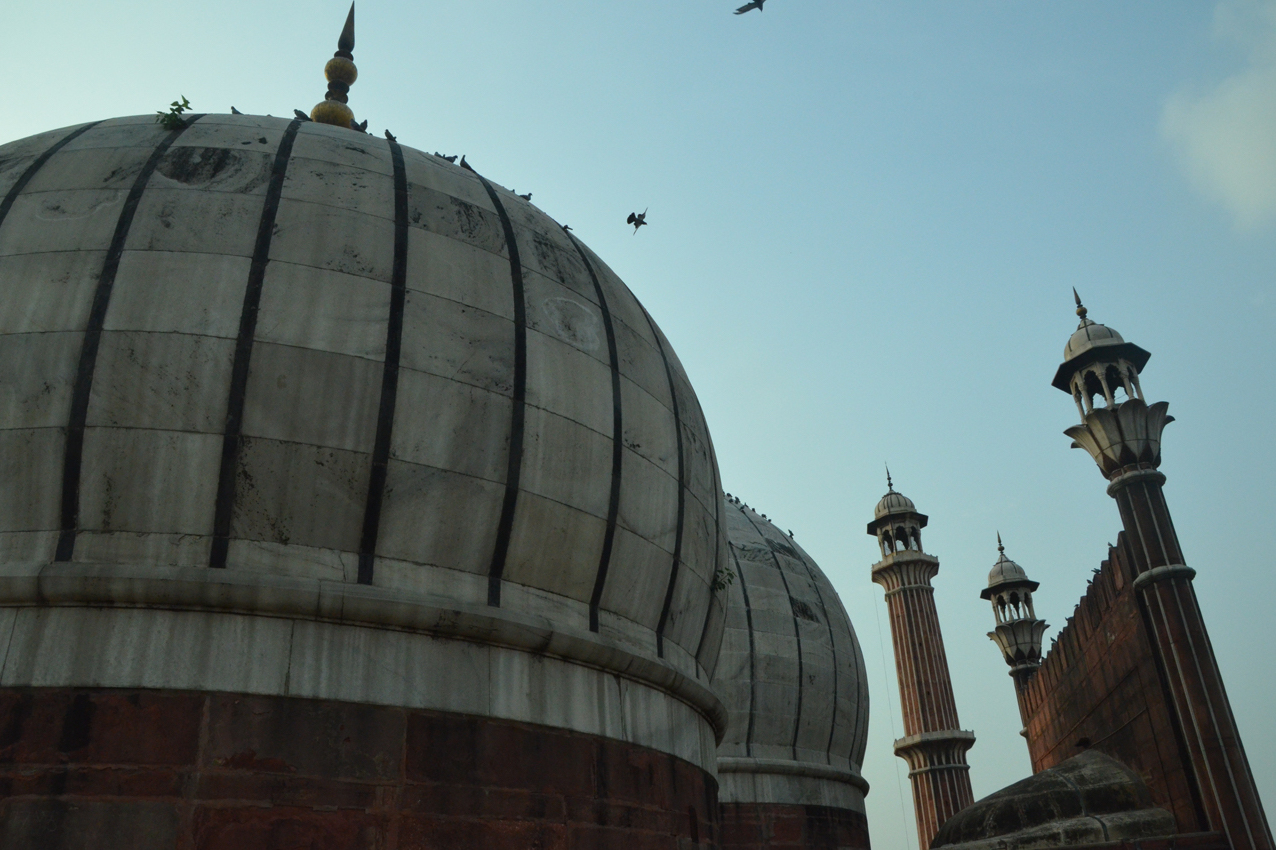
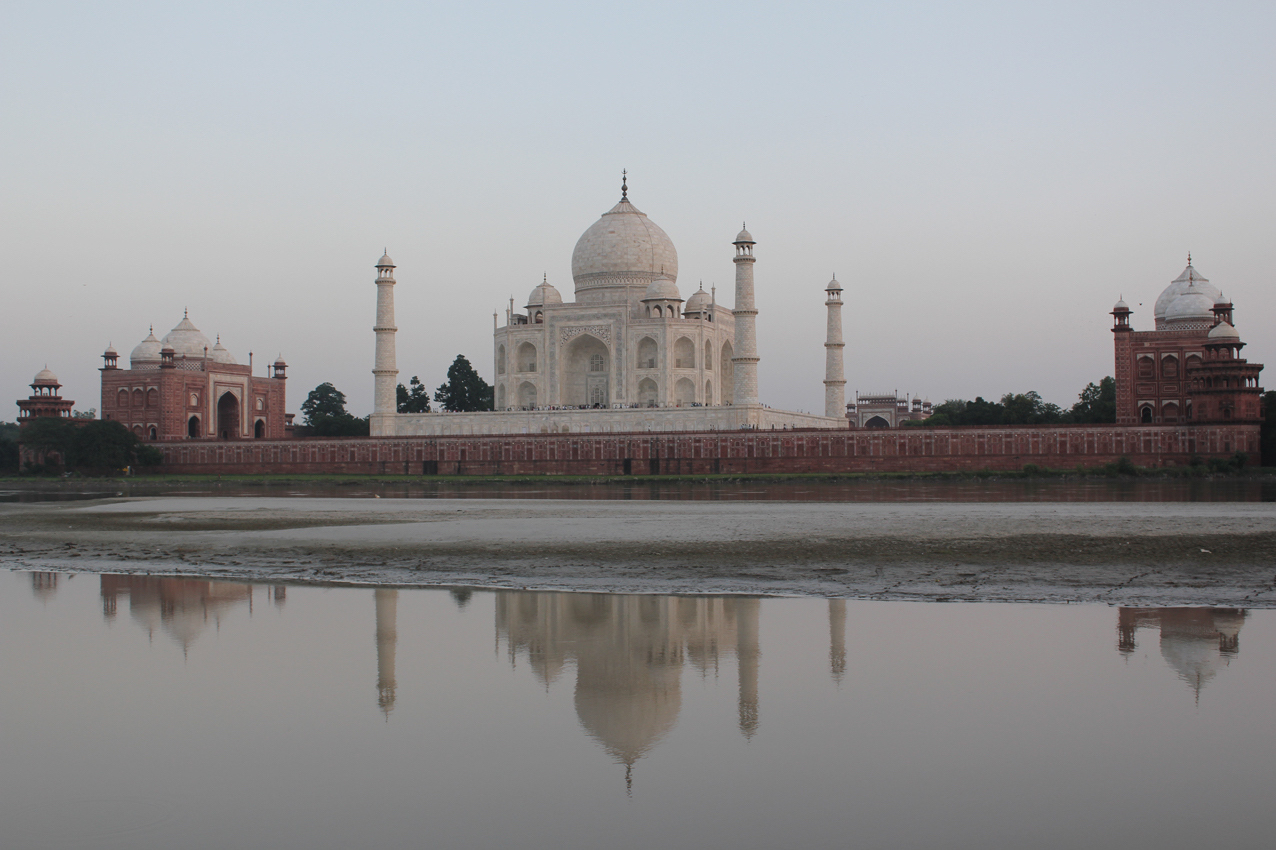
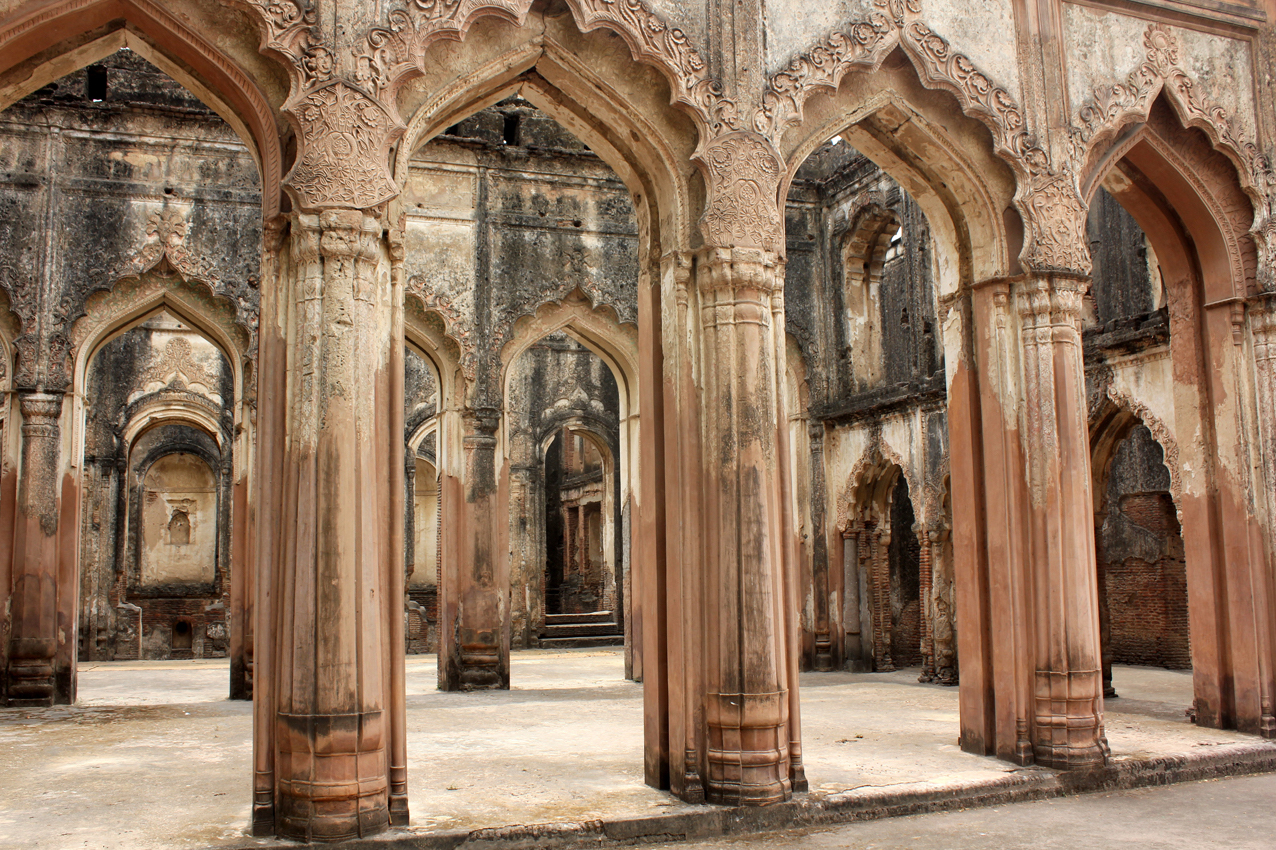
Photos by the Indian Travel Craftsman
In the light of day, shadows of latticework recline and stretch. Atmospheric halls abide with the secrets of a thousand lives. The rhythmic clank of an artisan chiselling a tiny marble block suspends the majestic monument in time. A mystic’s soulful rendition reverberates across the hollow of a mosque. The practised hand of a cook deftly kneads the dough, fluffy breads emerge hot from the oven.
The journey begins at the capital city of Delhi, where the influence of Islamic architecture took roots and proceeds to the city of Agra, the famed town resplendent with monuments from the Mughal era and leads to the city of Lucknow, where this confluence of styles culminated into a fresh school of architecture.
The olden seat of power, Delhi has seen the rise and fall of rulers and dynasties, growing with every event. Like the wrinkles of an old person, the narrow lanes of Delhi bear witness to the many influences that have shaped the city over centuries. Walk through the crowded alleys and be transported back to the Mughal era by the monuments and ruins that lay scattered amongst the modern.
As we travel further inwards, on the banks of river Yamuna lies Agra, a guardian land of Mughal heritage. Known widely for the magnificent Taj Mahal, Agra also holds within it the forgotten city of Fatehpur Sikri and monuments that are masterpieces of Indo-Islamic architecture.
The journey comes to an end in the marvel of a city known as Lucknow. Born out of the experimentation of Awadhi nawabs with different materials and styles is the Awadhi architectural style that decorates the city of Lucknow. Walk across the city filled with markets lively with native craft traditions and cuisine to come across ornate imambaras, durwazas, and other structures exemplary of Awadhi heritage.
-
Cities
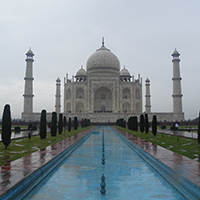
Agra
Situated on the banks of the river Yamuna, Agra is an ornate chest containing the riches and heritage of Mughal era. Known widely for its cherished monument, the city often is cascaded by the magnificence of Taj Mahal. A UNESCO heritage site, Agra is home to sandstone forts and mausoleums, pleasant gardens that stand as relics of a glorious past. Busy cacophonous marketplaces surround these remnants, filling them with life.
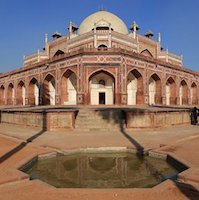
Delhi
Delhi is an enchanting medley of influences, one foot deeply grounded in time-revered traditions, whilst the other steps forth confidently into the future. The country's capital is a labyrinth of old structures speckling the suburbs juxtaposed with concrete blocks and crowded avenues. It is one of India's multifaceted cities, embracing diversity, while simultaneously offering the traveller historic masterpieces and a taste of contemporary India.
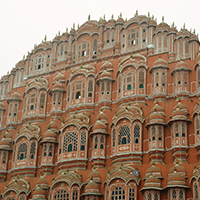
Jaipur
The gateway to India’s most flamboyant state, Jaipur is peppered with regal palaces, pink sandstone structures, and imposing forts. There is a sense of opulence and opportunity surrounding the city, which has enough palatial hotels, restaurants, and bazaars to satisfy both the locals and tourists. Home to a long tradition of handicrafts, Jaipur is the perfect centre to explore the crafts of Rajasthan, starting with the iconic indigo dyes and block prints.
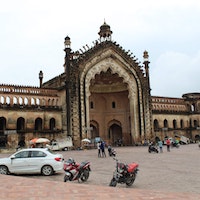
Lucknow
The city of Nawabs, Lucknow is the sister of Delhi in terms of its abundant Islamic heritage with its delectable cuisine and meticulous embroidery traditions. An important centre of learning and culture in the days of old, Lucknow continues to be steeped in its rich and refined traditions, offering to its inhabitants and visitors some of the best experiences in art, cuisine, and ethos.
-
HOSPITALITY
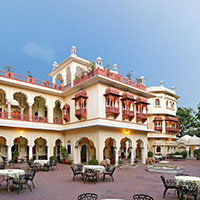
Alsisar Haveli
Located in the royal city of Jaipur, Alsisar Haveli is a heritge hotel fit for royals. Built in traditional architecture, the mansion holds regal charm with warm hospitality. Renovated to preserve its culture in its lush gardens, it is at the same time providing modern amenities.
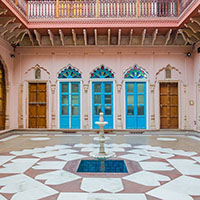
Haveli Dharampura
In the crowded lanes of Old Delhi lies a world of Mughal era charm, recently restored to showcase life during that time, providing a glimpse of the opulence of the empire. Engulf yourself in the sounds, sights, and smells of this haven as you are treated to a luxurious stay in a century-old mansion.
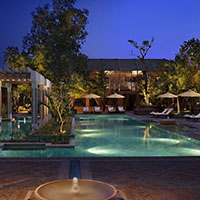
ITC Mughal
The ITC Mughal stands as the perfect tribute to the Mughal dynasty. Having won the prestigious Aga Khan Award for its excellence in the recreation of their lifestyle, this hotel combines the luxuries of modern living with those of the past to create the ultimate Mughal experience for you.
-
EXPERIENCES
Kinari Bazaar Walk
To get some idea of what trading in Agra would have been like in the middle ages, a stroll in Kinari Bazar is the perfect activity. Located in the narrow streets behind Jama Masjid, these days multitudes of colorful little shops spill over, shoppers bargain and vehicles dodge one another. This is the place where some of the finest jewelry in Agra, as well as fabric, clothing, shoes, authentic snack stalls, and Agra’s famous marble work can be found.
Royal Gaitor Cenotaphs
The Royal cenotaphs, just outside the city walls, beneath Nahargarh, are an appropriately restful place to visit. The monuments which are intricately carved feel remarkably undiscovered for today. The city's founder, Jai Singh II, has the most impressive marble cenotaph with a dome supported by 20 carved pillars.
Spend an evening immersed in Sufism
Pay homage at the tomb of Waris Ali Shah, a Sufi saint of the early 19th century, in the shrine in his honour and popularly known as the Dewa Sharif. Built in a blend of Hindu and Iranian architecture to depict communal harmony, the shrine's serene setting in the day transforms to a seat of devotional Sufi music in the evening.
Tombs and Trees with Truants
For a respite from the bustle of the city's concrete jungles, Lodi Gardens is the perfect destination. Speckled by the crumbling tombs of the Sayyid and Lodi rulers and inhabited by many butterflies and the occasional peacock, it provides a haven of serenity. On weekdays, you will find many an office goer taking a breather, or students playing truant, in the shade of the trees.
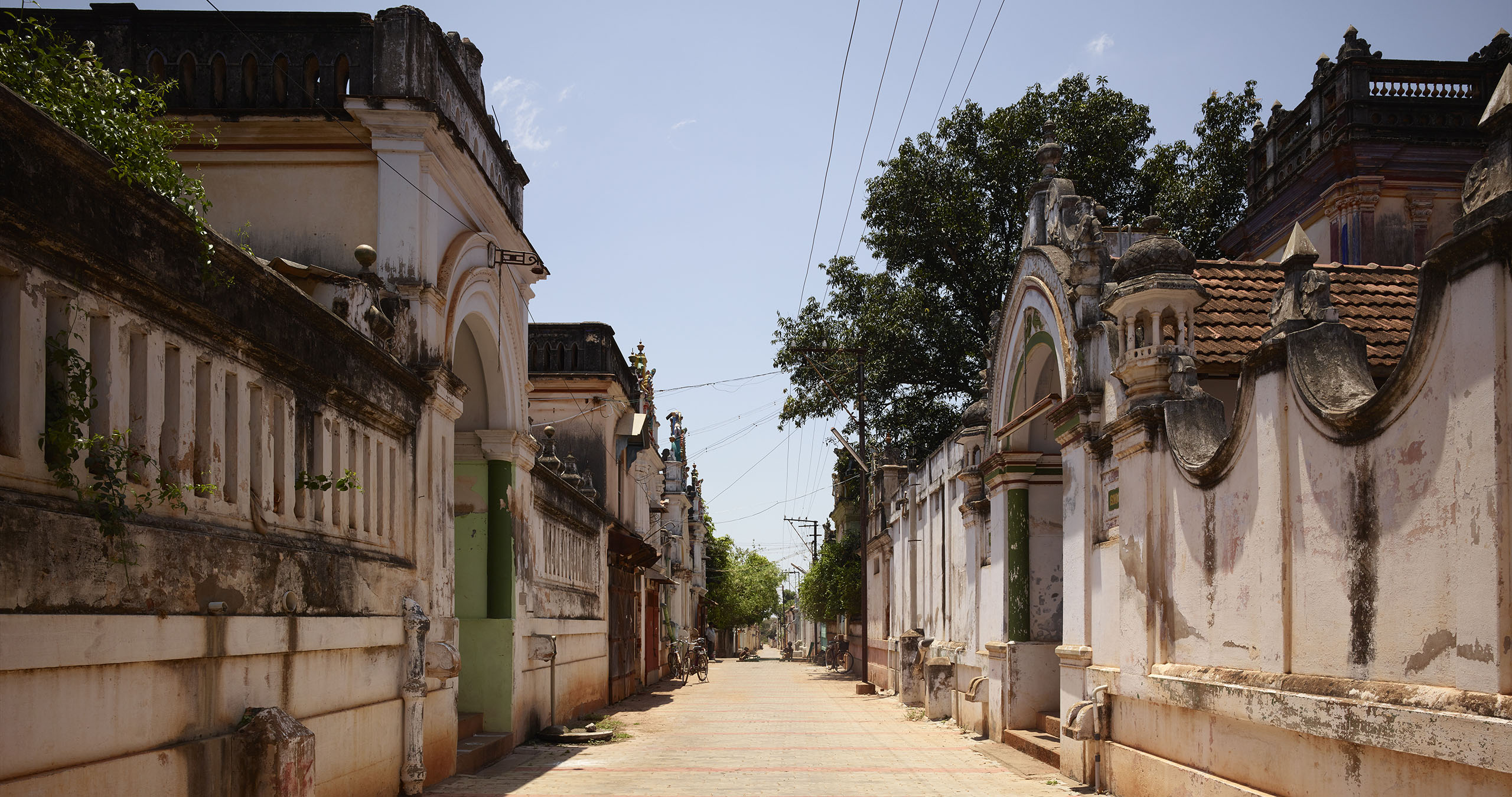
Tracing the Trails of Time
Discover the decadent mansions of Chettinad through the eyes of The New York Times, when they travelled with us exploring architecture...
Behind-The-Scenes • South India
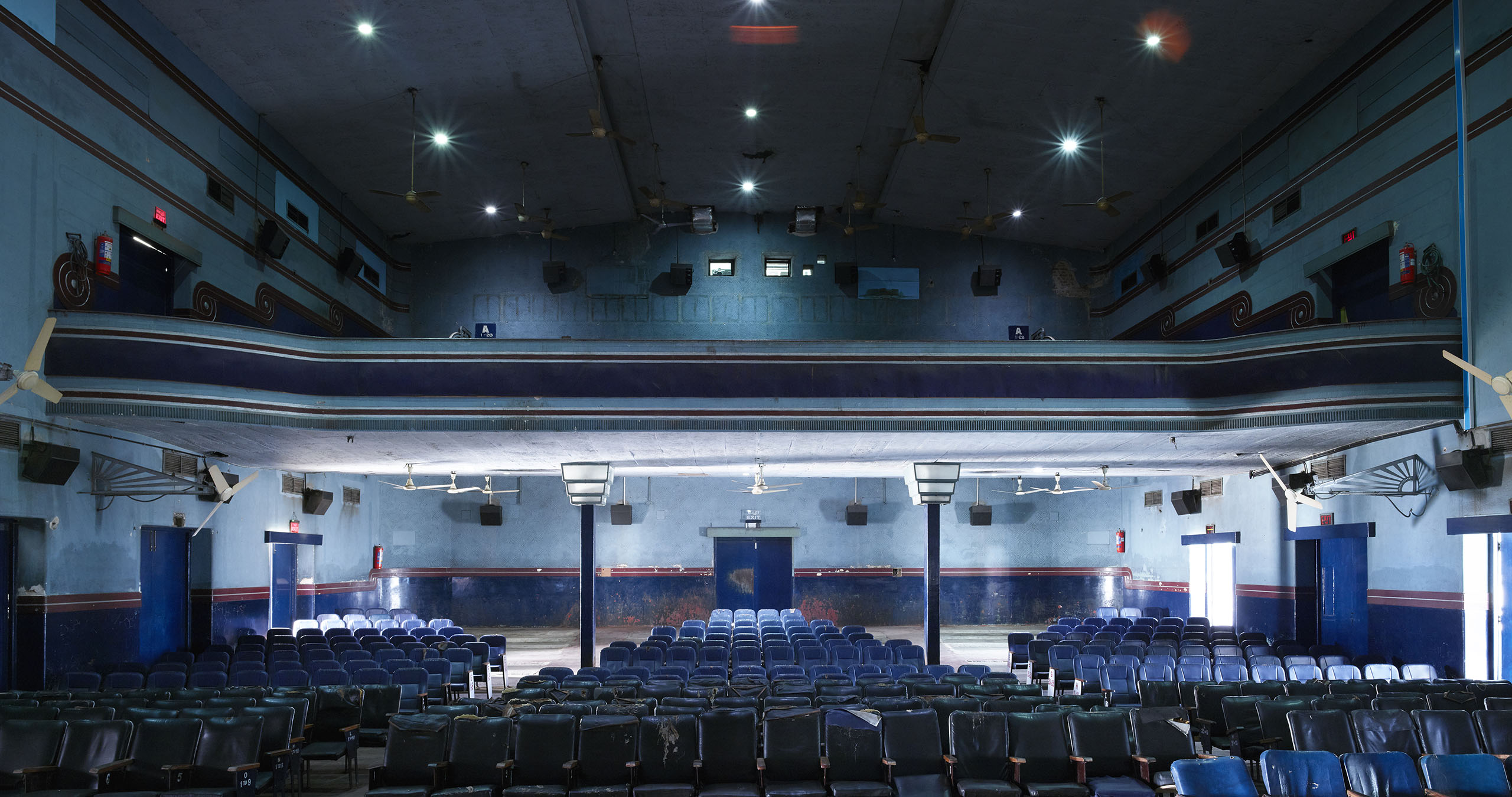
Cathedrals of Ecstasy
Retrace our steps with Hole & Corner as we explored the derelict performance spaces of Chennai and Madurai in the south...
Behind-The-Scenes • South India
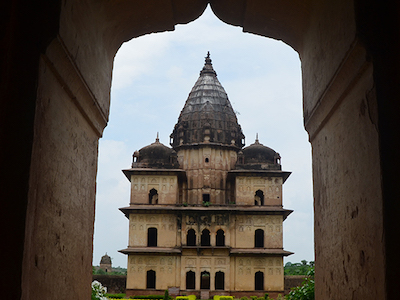
A Sleepy Hamlet
On the banks of the Betwa River, lies a sleepy hamlet named Orchha. It was the capital of the erstwhile eponymous princely state...
Narrative • Orchha
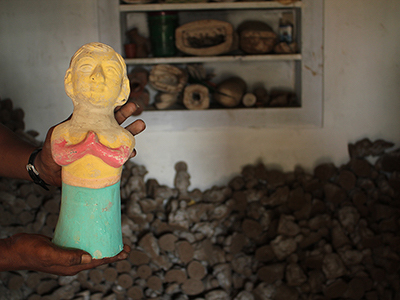
The House of Toys
In Vilachery, near Madurai, all come to find an icon, an idol, a doll, a toy...
Narrative • Tamil Nadu
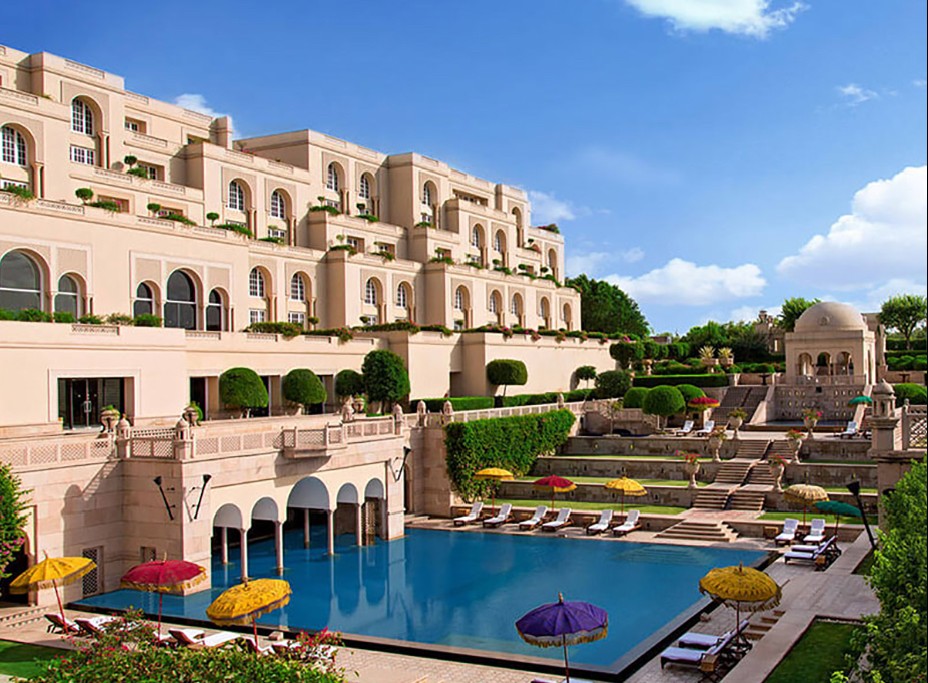
The Oberoi Amarvilas
Amidst the lush greenery on the banks of a river, is a palace surrounded by Mughal gardens...
Hotel Guide • North India

Weaving Tradition with the Modern
Retrace our journey with The Woolmark Company through Kullu and Delhi, where they explored traditions that go into the making of textiles...


